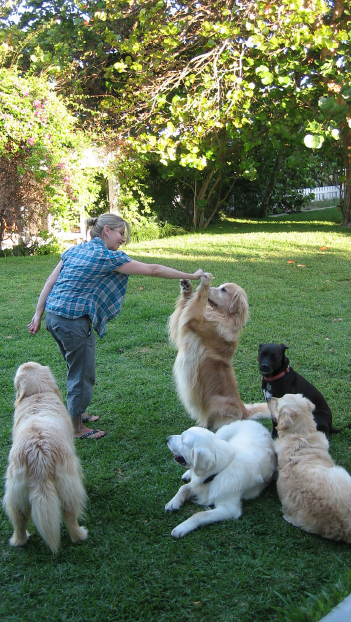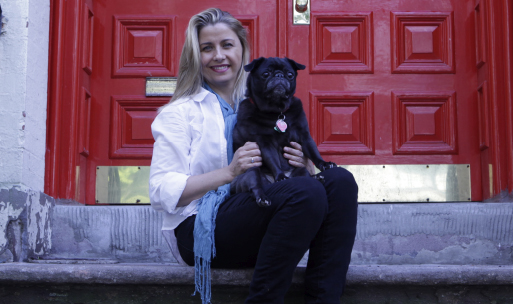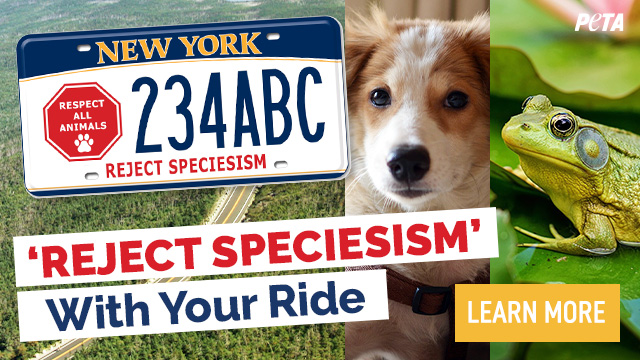SO YOU’VE ADOPTED A NEW RESCUE…NOW WHAT?
You Need To Start Training On Day One

As a dog trainer, I’m here to guide you through behaviors and patterns to help you get the best results for you and your dog. I like to think of myself as a social worker or cheer leader for dogs, especially those that don’t know their place in the world yet and are waiting for you to help define it.
Being a dog parent means investing the time necessary in the care of an animal that operates with a communication system that is different from ours. For rescues specifically, it could mean gathering clues about their negative past experiences, patiently helping them to overcome those experiences, and shepherding them into your world as gently as possible.
When I’m working with the pet parent of a new rescue, I gently remind them that a foster parent to a child wouldn’t simply provide the child with nutritious food, shelter and a loving new home. They would also offer guidance with education and schooling, to help the child cope and grow. So why not do the same for your new rescue? It’s all part of the balance in caring for them. The reality is that rescues may require more or different guidance from you as they become more comfortable in their new home.
How we feel affects how we behave. With all rescues, first and foremost, I recommend a comprehensive veterinary exam to take care of the medical side of things. What you will want to ask your vet specifically will depend on your dog’s age. Once we know our new pet has a clean bill of health, we are better prepared to work on the behavioral end.
I love working with veterinarians who understand how crucial socialization is to the overall well-being of puppies. Scientific studies have shown that the most impressionable age bracket in a dog’s life is between six and sixteen weeks, so careful and positive introduction and exposure during this period is crucial to help with their coping skills throughout life. And socialization does not end in Puppy-hood, it is a lifelong necessity at every stage in a dog’s life. Look for a vet who promotes this balance and makes you feel safe and confident that your dog’s behavior and health are progressing in tandem.
The Importance of Positive Reinforcement Training
your ever-building dog community, from your vet to your trusted neighbor (the one with the well-behaved dog!) to your local pet store, to connect with a reputable and certified dog trainer or behaviorist.
Be sure to select one who’s had extensive experience working with rescues as many rescues come with unique behavioral issues, like resource guarding, separation anxiety and fear of people, which might not be obvious right away.
Keep in mind that your new rescue doesn’t know that this could be their last stop, and not another temporary home Trust must be built slowly, one a day at a time.
A popular guideline is the rule of 333 –
3 days of decompression from feeling overwhelmed, during which time you may see minimal eating, drinking and eliminating
3 weeks to build relaxation and confidence in your routine and environment, allowing new personality traits to surface.
3 months to acknowledge that your dog is in his/her forever home, meaning that this is the dog you can look forward to sharing a decade or more with.
Be careful not to fall into traps that perpetuate unwanted behaviors. If you happen to adopt an excited, side-tongue-hanging puppy who just can’t get enough of you, try to decide quickly which habits you’d like to see stick around and which you could do without.
Jumping and “love biting” may be cute when you’re first meeting, but allowing this behavior on a regular basis teaches your pup that “This is okay, I should keep doing it!” Ask yourself, could this behavior become problematic? If the answer is yes, train yourself to ignore it, then provide better options. One of my favorite mantras is “If you’re going to correct it, redirect it.”
I suggest a TURN YOUR BACK strategy here. If your dog is jumping on you, turn your back, wait for a few seconds for your dog to stop, then step on leash and ask your dog to SIT and then immediately reward this behavior.
If your dog is more uncertain and skittish, lower your intensity. Try not to inundate them with tons of direct eye contact. Instead, give them space. Let them know they have shelter, and their very own safe place. If they are accustomed to a crate or containment area, supply them with one. I recommend a wire crate covering all sides with a light fabric or sheet for air flow since dogs run hotter than we do and place a fan toward the crate for increased comfort and a white noise effect.
If they are fearful of the outdoors and won’t eliminate there, as are many transplants of more tranquil settings, then set up a tall sturdy playpen and line it with wee wee pads. This will provide them with a calmer place to eliminate if they are feeling anxious about leaving the home. Have a slow and steady approach one day at a time.
At the end of the day, any dog in a home is far better off than one in a shelter!
In closing, rescuing a dog does not have to be a fearful and daunting endeavor. On the contrary, it can be the most rewarding and loving journey for you and your rescue. Afterall, you have provided a forever home to a very lucky and thankful dog.
As a rescue dog owner, myself, when I adopted my Pug, Sophie and my Chihuahua, Walter, my goal was to have healthy, happy dogs who enriched my life. I trust that if you are reading this and have recently rescued a pooch, or are thinking about adopting a rescue, your goal is most likely the same.
My purpose here was to provide you with some guidelines and tools that will help you achieve a better and deeper bond between you and your rescue. I hope that by sharing these tips with you there will be a greater understanding and cooperation at both ends of the leash.
Kate Perry is the owner of Kate Perry Dog Training and the author of “Training For Both Ends of the Leash”








